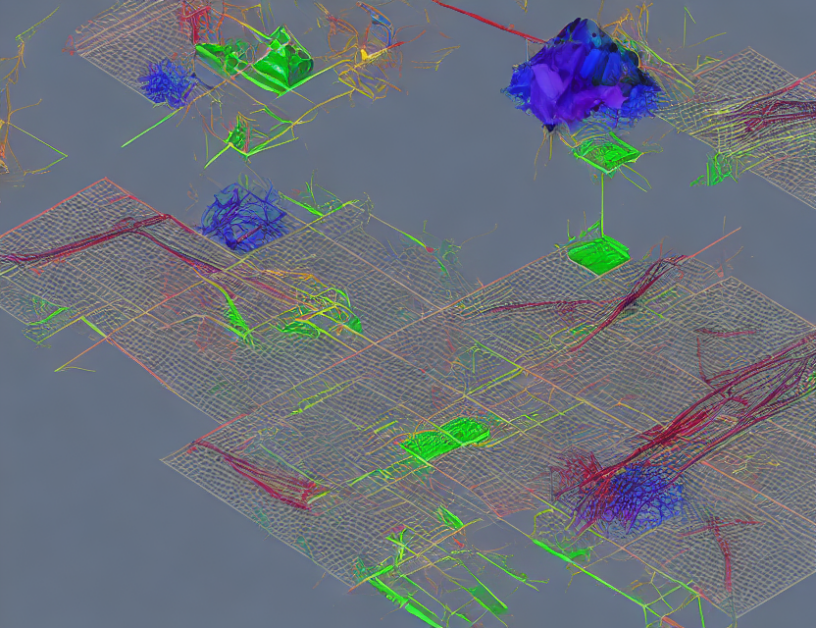Grasp force optimization is a crucial aspect of robotic manipulation, as it determines the quality of grasps and affects the performance of various tasks, such as pick-and-place operations. Traditional optimization methods are limited by their inability to adapt to unknown object properties and grasping conditions. In this article, we propose a novel approach that leverages deep learning techniques to optimize grasp force, rather than relying on traditional methods.
The proposed approach is based on a Bilinear Matrix Inequality (BMI) problem formulation, which is a powerful tool for solving optimization problems. By transforming the BMI problem into a neural network (NN) problem, we can utilize deep learning techniques to optimize the grasp force. Our approach consists of three key components: (1) Benchmark Example Problem, (2) Grasp Analysis Problem, and (3) Conclusion.
Benchmark Example Problem: We demonstrate the effectiveness of our approach by solving a benchmark example problem. The problem involves optimizing the grasp force for a robotic arm to pick up an object with unknown properties. By using deep learning techniques, we are able to find the optimal grasp force that balances the trade-off between stability and adaptability.
Grasp Analysis Problem: We also present a grasp analysis problem, which involves analyzing the quality of grasps for different objects and grasping conditions. Our approach is able to accurately predict the quality of grasps, even in the presence of unknown object properties and grasping conditions.
Conclusion: In conclusion, our proposed approach offers several advantages over traditional optimization methods. Firstly, it can adapt to unknown object properties and grasping conditions, making it more robust and reliable. Secondly, it utilizes deep learning techniques, which enables fast and accurate optimization. Finally, it provides a comprehensive analysis of grasp quality, ensuring that the robotic arm is able to perform tasks with high precision and accuracy.
In everyday language, grasp force optimization can be thought of as fine-tuning the grip of a robotic arm to pick up objects in a way that balances stability and adaptability. Just like how we adjust our grip when holding different objects, a deep learning-based approach can optimize the grasp force to suit various objects and situations. By leveraging this technology, robots can perform tasks more efficiently and accurately, opening up new possibilities for applications such as manufacturing, logistics, and healthcare.
Optimizing Grasp Force with Deep Learning-Based Bilinear Matrix Inequalities



